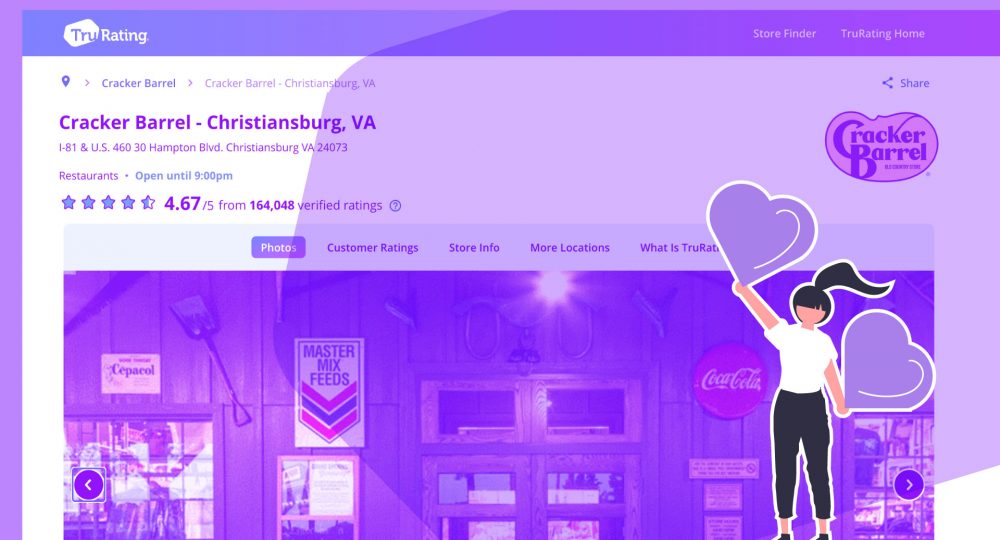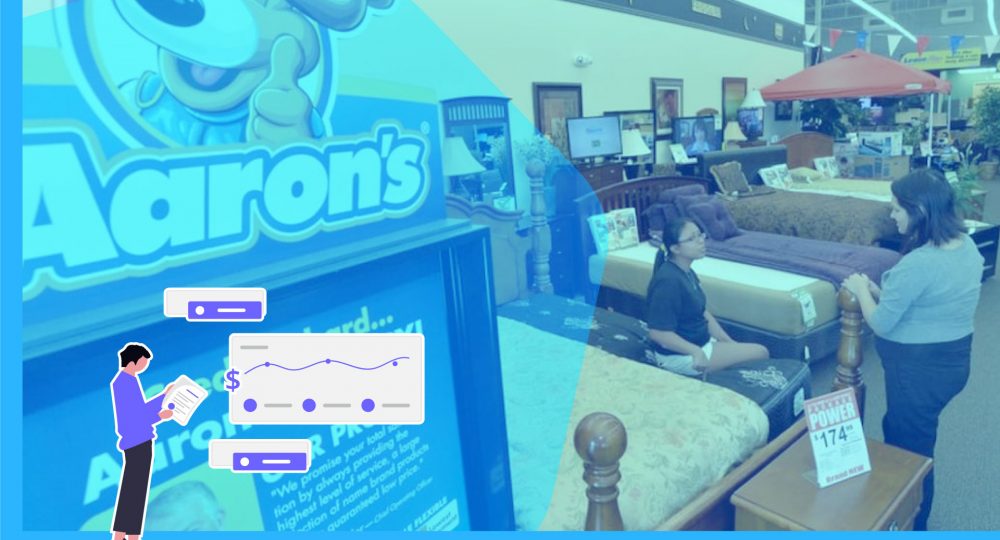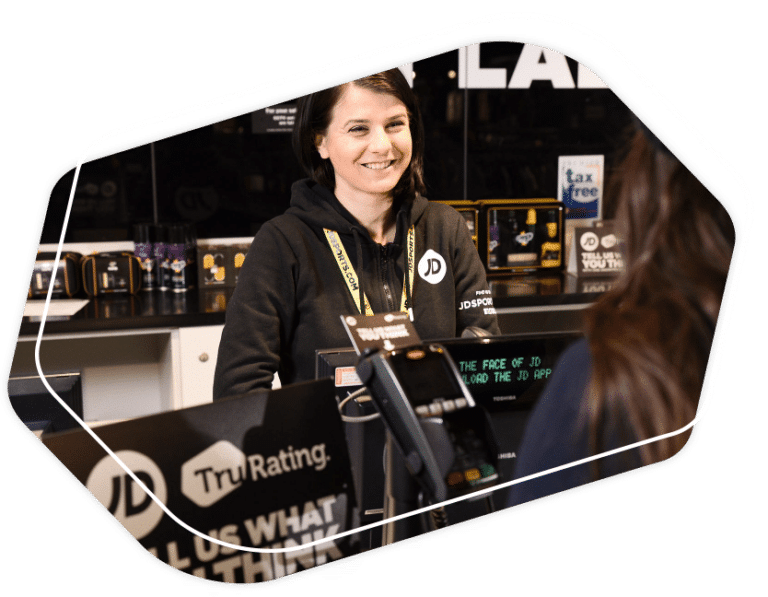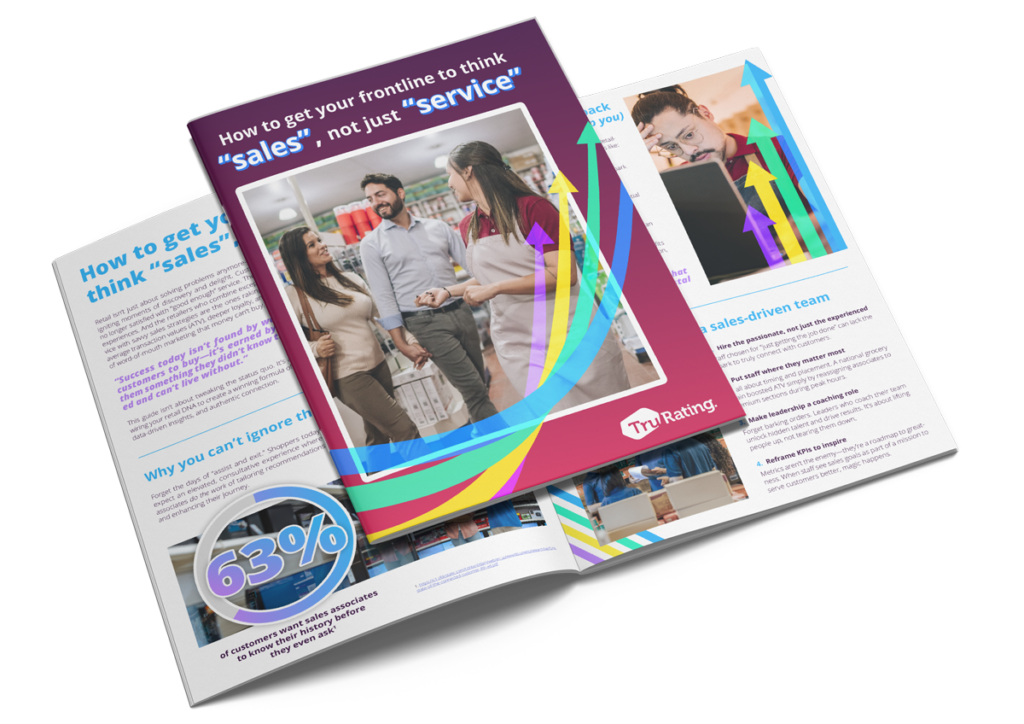Customer satisfaction is not just about making sales; it’s about ensuring each customer has a positive experience. Customer satisfaction surveys are among the most effective ways to gauge this, providing invaluable insights that drive strategic decisions and foster continuous improvement.
However, a customer survey is only as good as its response rate. This article explores various aspects of customer satisfaction surveys, including improving response rates, determining a good sample size, and effectively analyzing the data.
Do customer satisfaction surveys work?
Customer satisfaction surveys work, but their effectiveness hinges on several factors. The key is ensuring that the surveys are well-designed and the data collected is actionable. Surveys can provide valuable insights into customer experiences, highlight improvement areas, and even pinpoint aspects of your service that delight your customers. The feedback gathered can guide strategic decisions and foster a culture of continuous improvement.
What is a good sample size for a survey?
Determining a good sample size for a customer satisfaction survey is important for obtaining reliable data. Estimates suggest that the median survey response rate has dropped significantly over the years. Traditional methods like receipt-based and email surveys often see response rates fall below 1% in the retail sector. However, for actionable decision-making, especially in a store environment, you need a sample size that ensures a minimum of 60-70% daily response rates.
A statistically valid sample size varies based on the population. For a large population, a sample size of 385 is generally sufficient to achieve a 95% confidence level with a 5% margin of error. However, for more granular insights, especially in smaller retail settings, aiming for higher response rates through innovative methods like point-of-sale feedback can yield better results.
What percentage is a statistically valid sample?
The percentage of respondents required for a statistically valid sample depends on your overall customer base. Typically, a response rate of at least 5-10% is considered adequate for general surveys. However, for more precise insights, especially in retail, you should aim for higher response rates:
- A sample size of 100 might have a margin of error of about 10%.
- Increasing the sample size to 2,500 can reduce the margin of error to around 2%.
- For most retail businesses, striving for a response rate that provides daily insights from a significant portion of your customers is ideal.
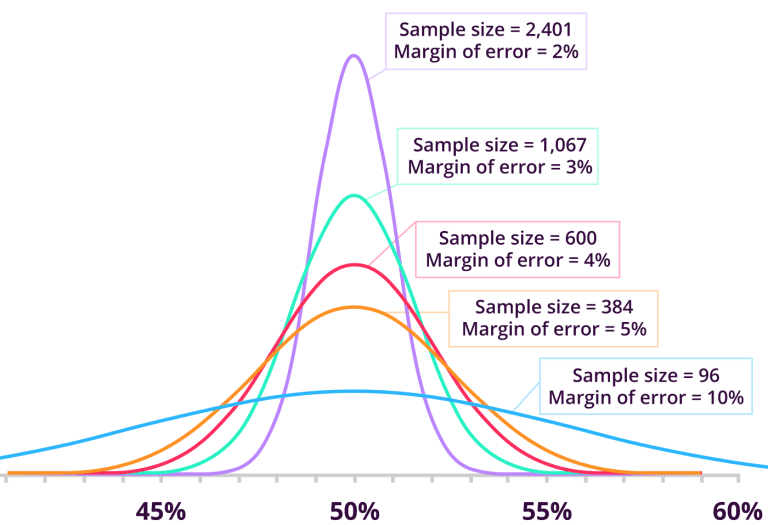
Confidence intervals are an important concept here. They are a mathematical technique used to understand how size can impact accuracy. While the advanced stuff can be hard to grasp, at a top level, it’s simple. The more data you collect, the better your chances are of getting a representative sample.
How to analyze customer satisfaction survey data
Analyzing customer satisfaction survey data is essential for retailers looking to improve response rates. Understanding the process involves several steps to derive actionable insights from the gathered feedback.
Firstly, data cleaning ensures the accuracy and reliability of the dataset. This is achieved by removing duplicates, incomplete entries, and irrelevant responses. Clean data forms the foundation for meaningful analysis, enabling retailers to trust the insights derived from their surveys.
Once the data is cleaned, quantitative and qualitative analyses come into play. Quantitative analysis involves statistically examining closed-ended questions to understand overall customer sentiment, while qualitative analysis delves deeper into open-ended responses to uncover specific reasons behind customer satisfaction or dissatisfaction. Together, these analyses provide a comprehensive view of customer feedback, highlighting areas of strength and opportunities for improvement.
What are the best customer satisfaction survey questions?
The quality of the survey questions significantly impacts the insights you can gather. Effective customer satisfaction survey questions should be clear, concise, and relevant. Here are some examples:
- Overall satisfaction – how satisfied were you with your experience today?
- Product quality – how would you rate the quality of the product you purchased?
- Customer service – how satisfied were you with the customer service you received?
- Promoter score – how likely are you to recommend our store to a friend or colleague?
- Specific feedback – what could we do to improve your experience?
Mixing quantitative and open-ended questions can provide measurable data and deeper insights into customer sentiment.
How often should customer satisfaction surveys be conducted?
The frequency of conducting customer satisfaction surveys can vary based on your business needs and customer interaction frequency. Here are some guidelines:
- Post-purchase surveys – immediately after a purchase, to capture the freshest feedback.
- Periodic surveys – quarterly or semi-annually, to track changes over time.
- Continuous feedback – integrating feedback mechanisms into the point-of-sale system for real-time insights.
The goal is to balance gathering enough data to be useful and avoiding survey fatigue among your customers.
How do you promote a survey?
Promotion is key to increasing response rates for customer satisfaction surveys. Traditional methods include sending surveys via email or providing links on receipts. More modern approaches involve using SMS surveys or solutions at the point of sale. Each method has its strengths, but they also come with challenges. Here are some tips for promoting your surveys effectively:
- Incentives – offer discounts or entry into a prize draw to encourage participation.
- Timing – ask for feedback immediately after the transaction when the experience is fresh in the customer’s mind.
- Simplicity – keep the survey short and straightforward to avoid overwhelming the customer.
- Visibility – make sure your survey request is noticeable and accessible.
How to improve customer satisfaction surveys
Improving customer satisfaction surveys involves refining both the process and the content. Here are some strategies:
- Simplify the survey – keep it short and focused to increase completion rates.
- Ask relevant questions – ensure that the questions are pertinent to the customer’s experience.
- Test and iterate – continuously test different formats and questions to see what works best.
- Provide feedback – let customers know how their feedback is being used to make improvements, which can encourage future participation.
TruRating’s point-of-sale survey technology can effectively increase response rates and improve the quality of collected data.
By incorporating feedback collection directly into the checkout process, TruRating gathers real-time customer responses while their experience is still fresh. With an impressive average response rate of 80%, we ensure a diverse and representative sample of customer feedback. This high response rate gives retailers accurate, actionable insights that can drive immediate improvements. Utilizing our POS surveys can significantly enhance your feedback strategy, ultimately improving customer satisfaction and loyalty.
Learn more about our POS feedback solution, or book a demo today.
Useful resources
- Predictive analytics in retail – examples and strategies
- Phygital in retail — bridging the gap between physical and digital CX
- Retail pricing optimization – strategies, models and examples
- Business intelligence in the retail industry – strategies and trends
- The difference between multichannel and omnichannel retailing


